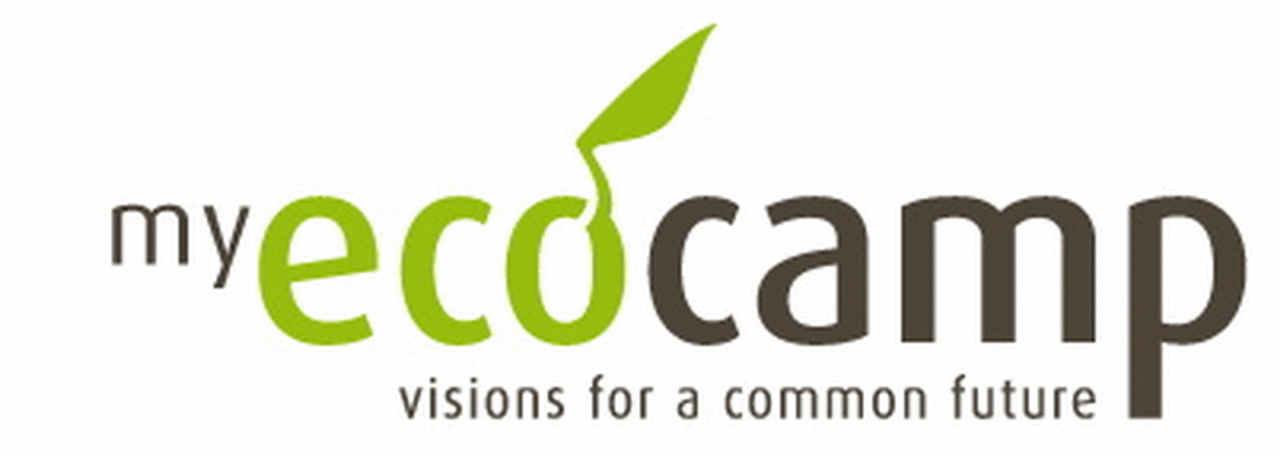

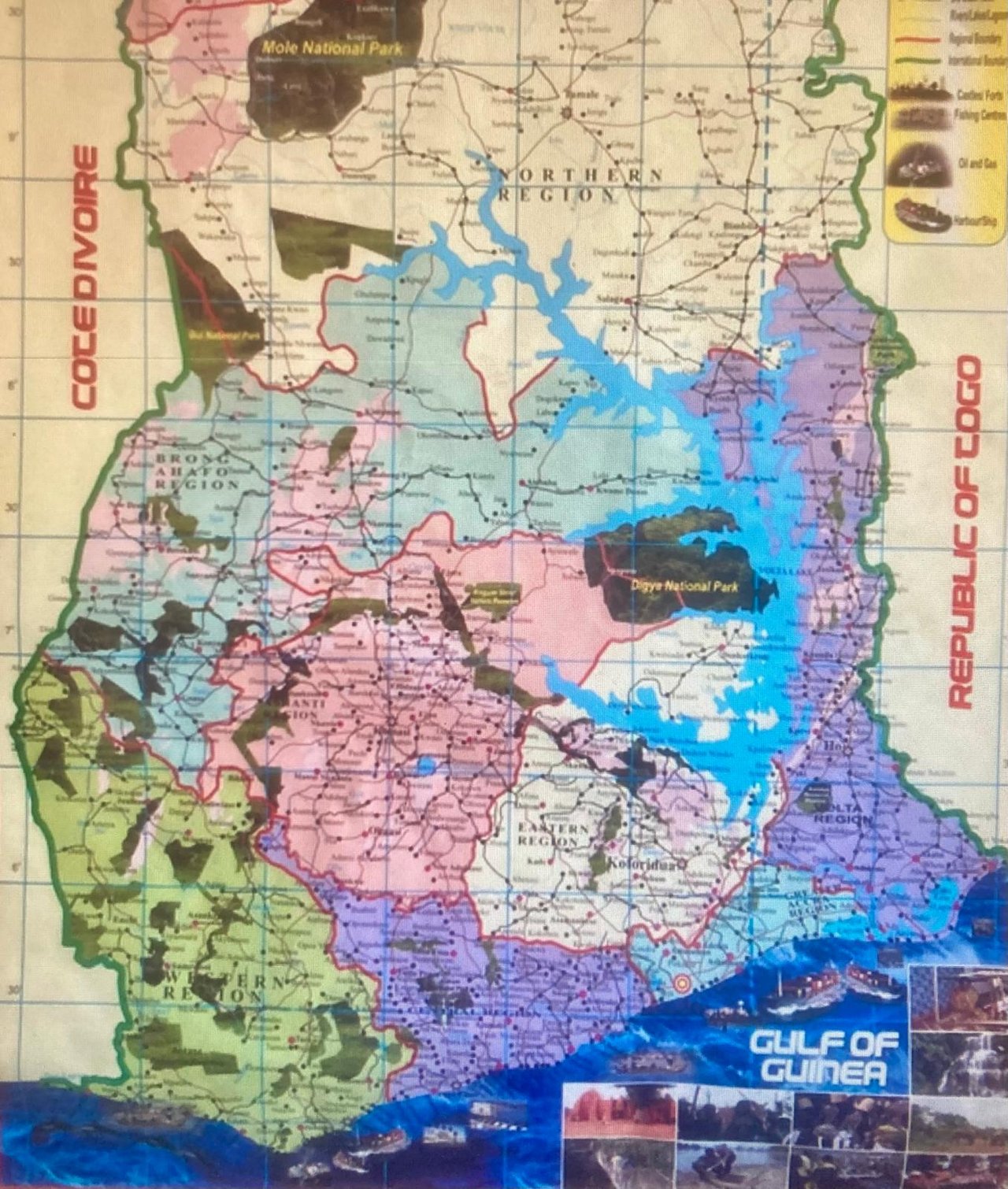

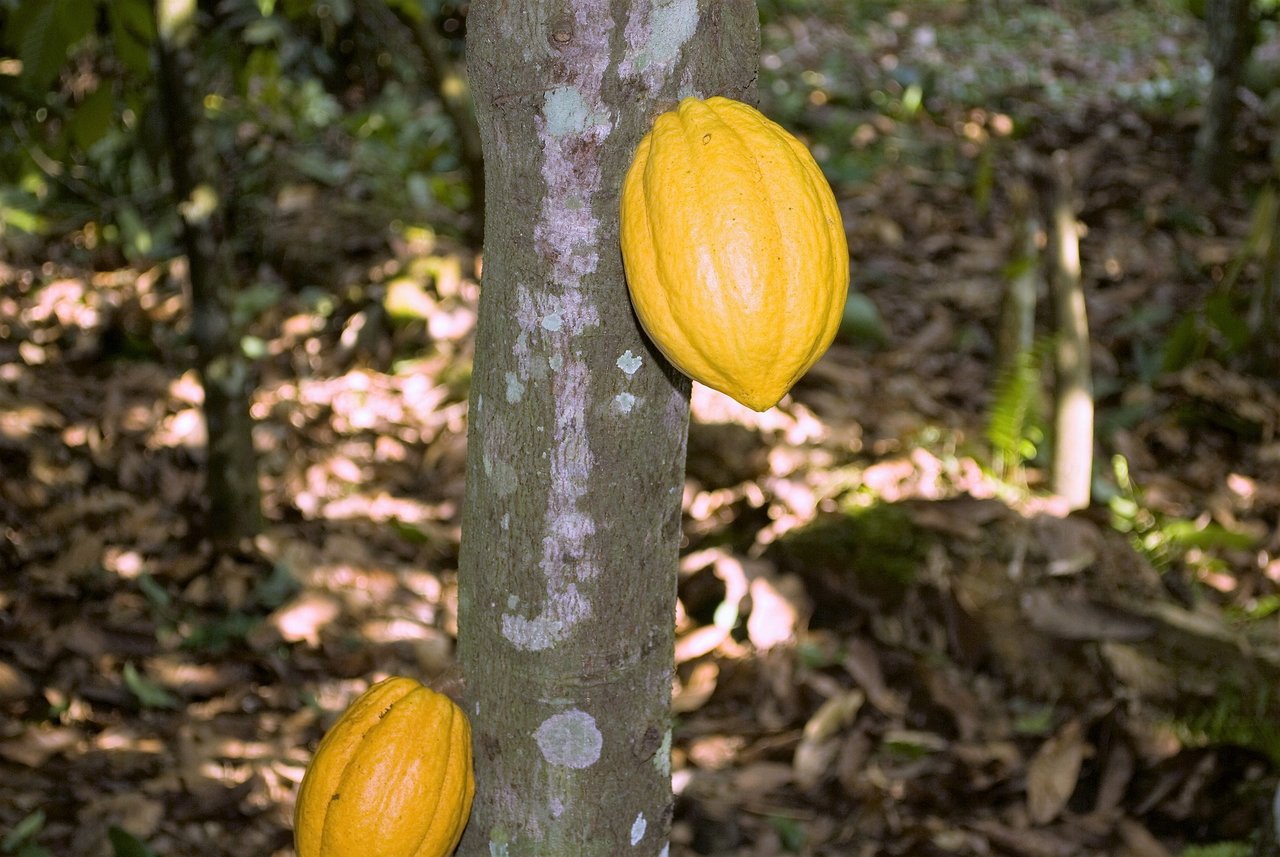
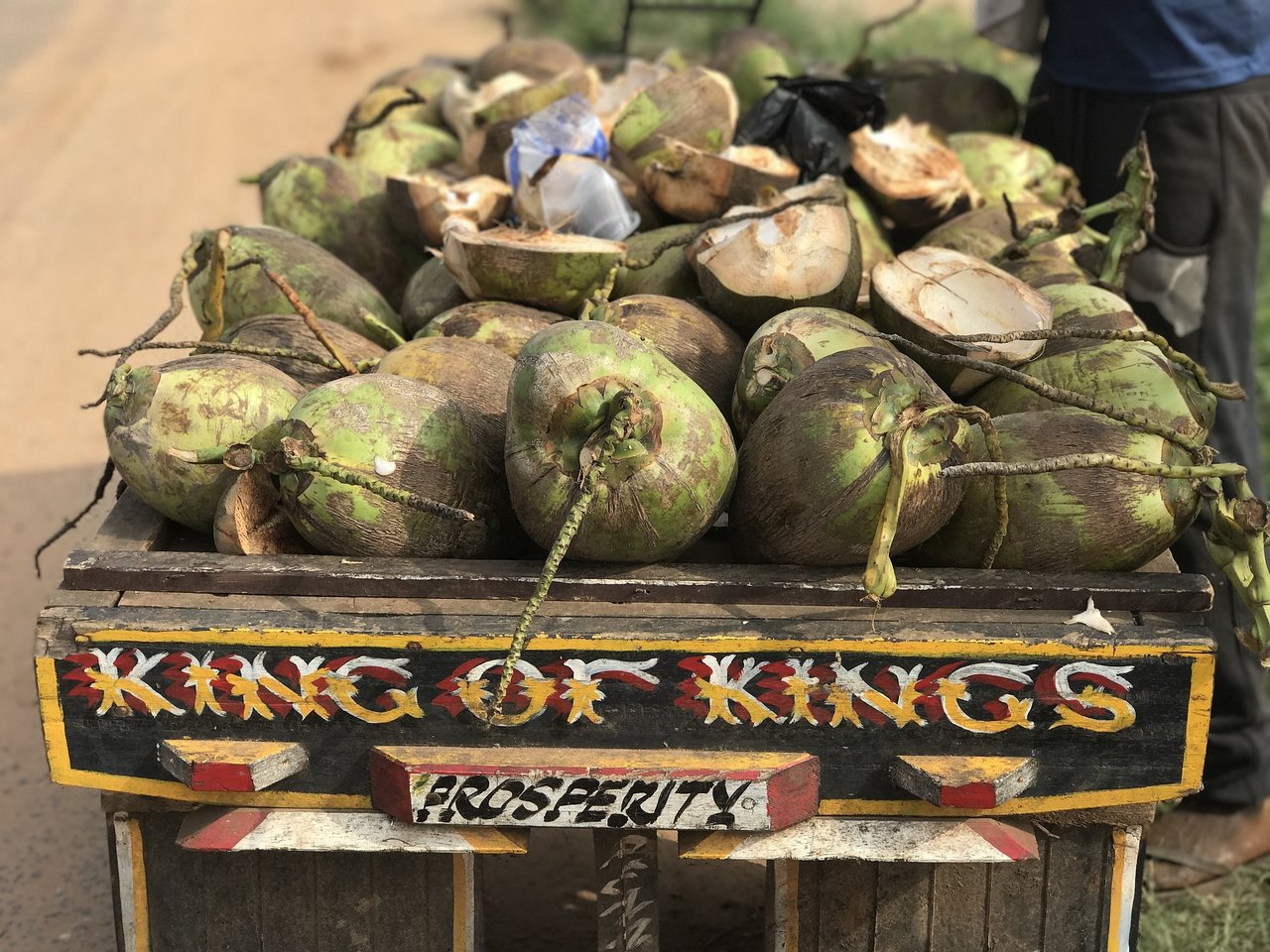
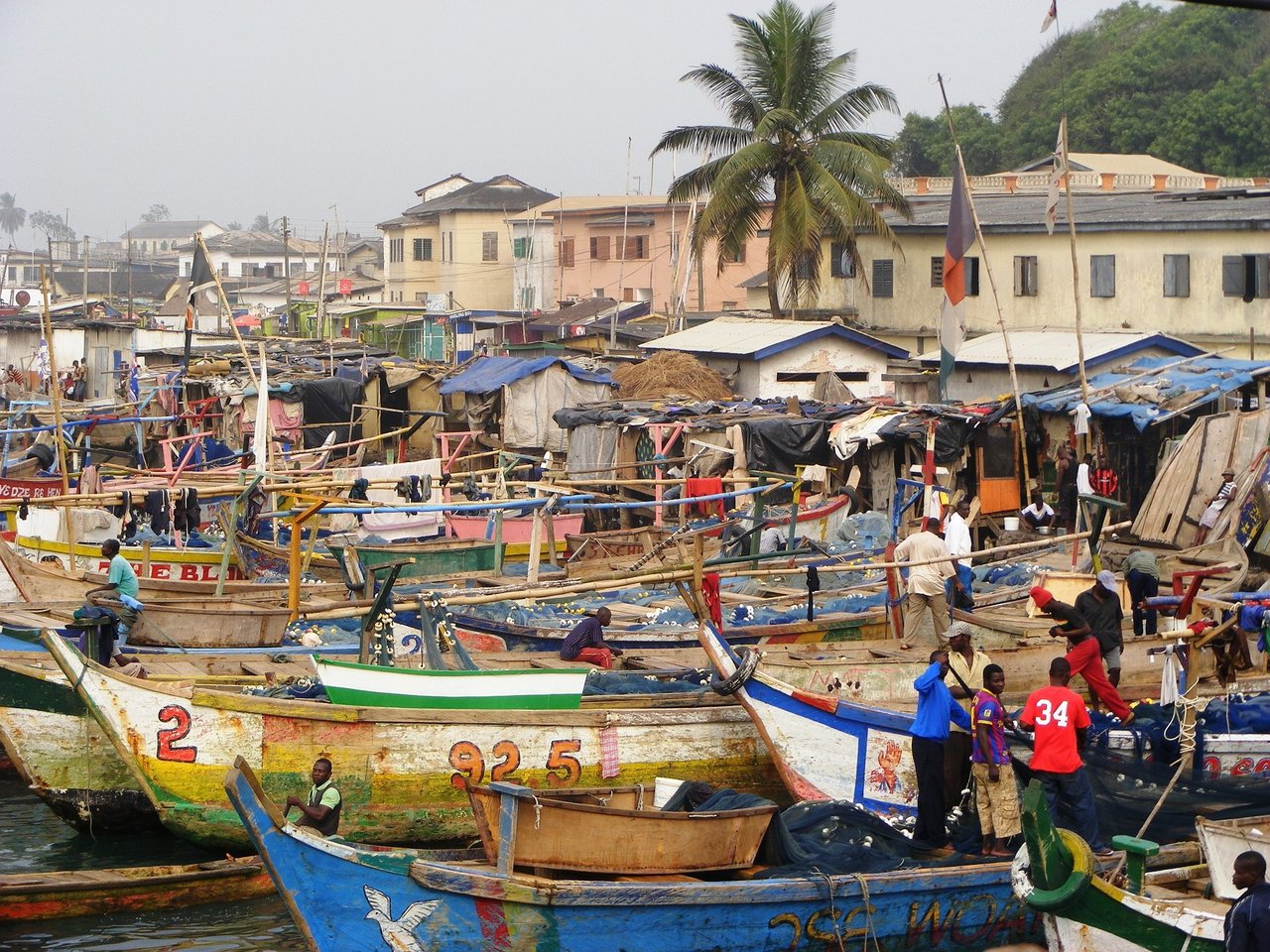
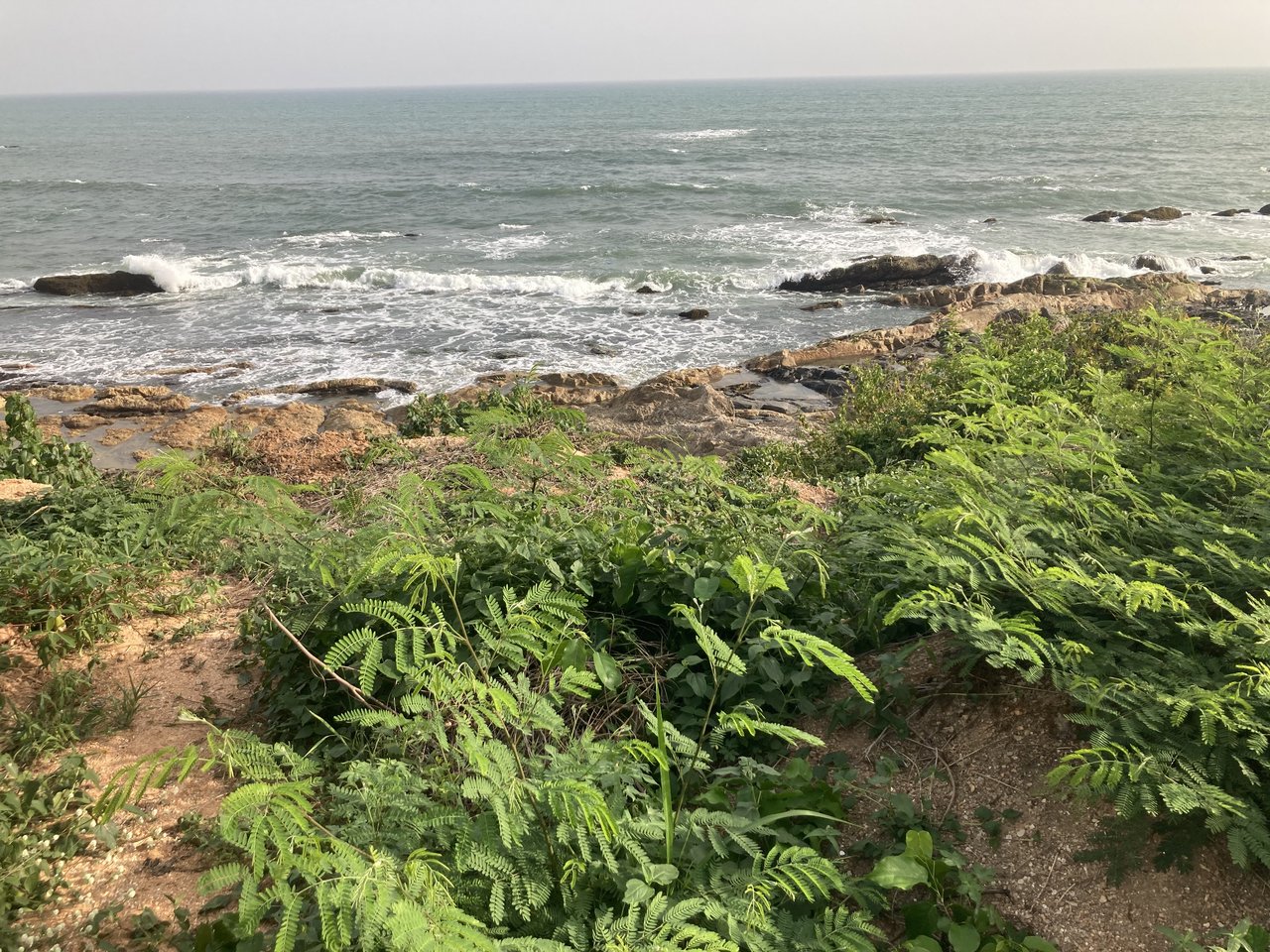
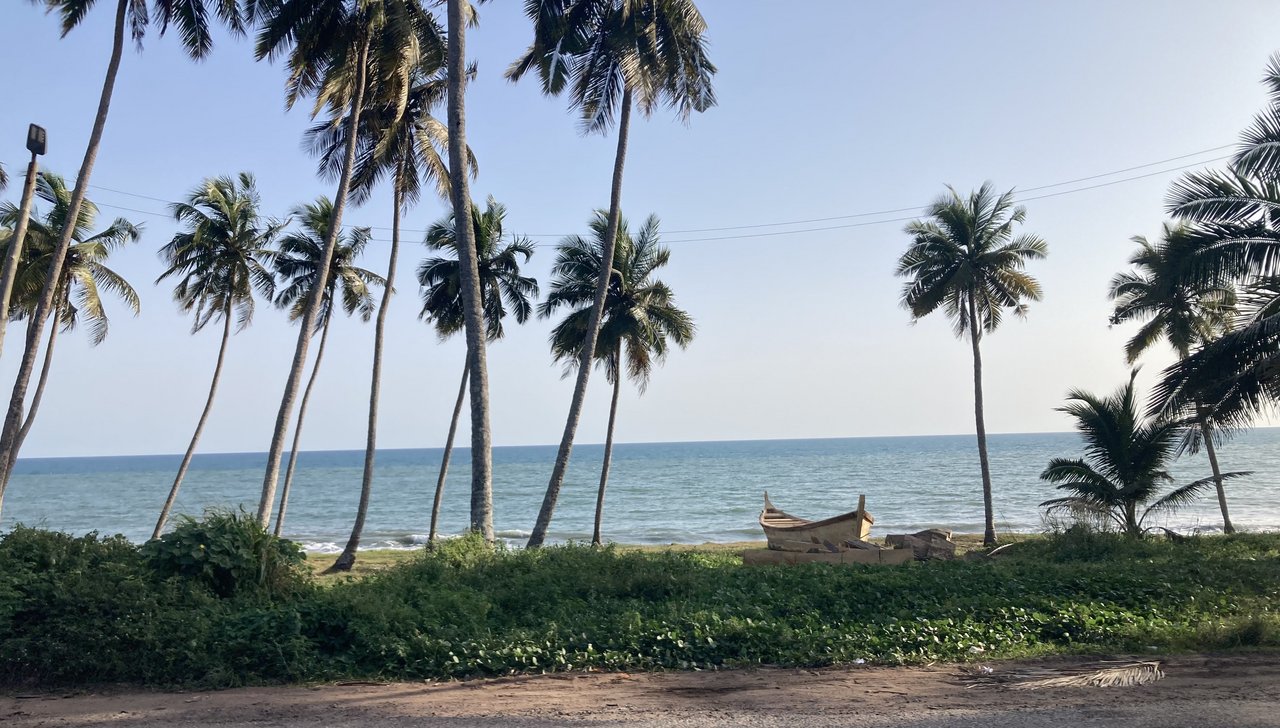
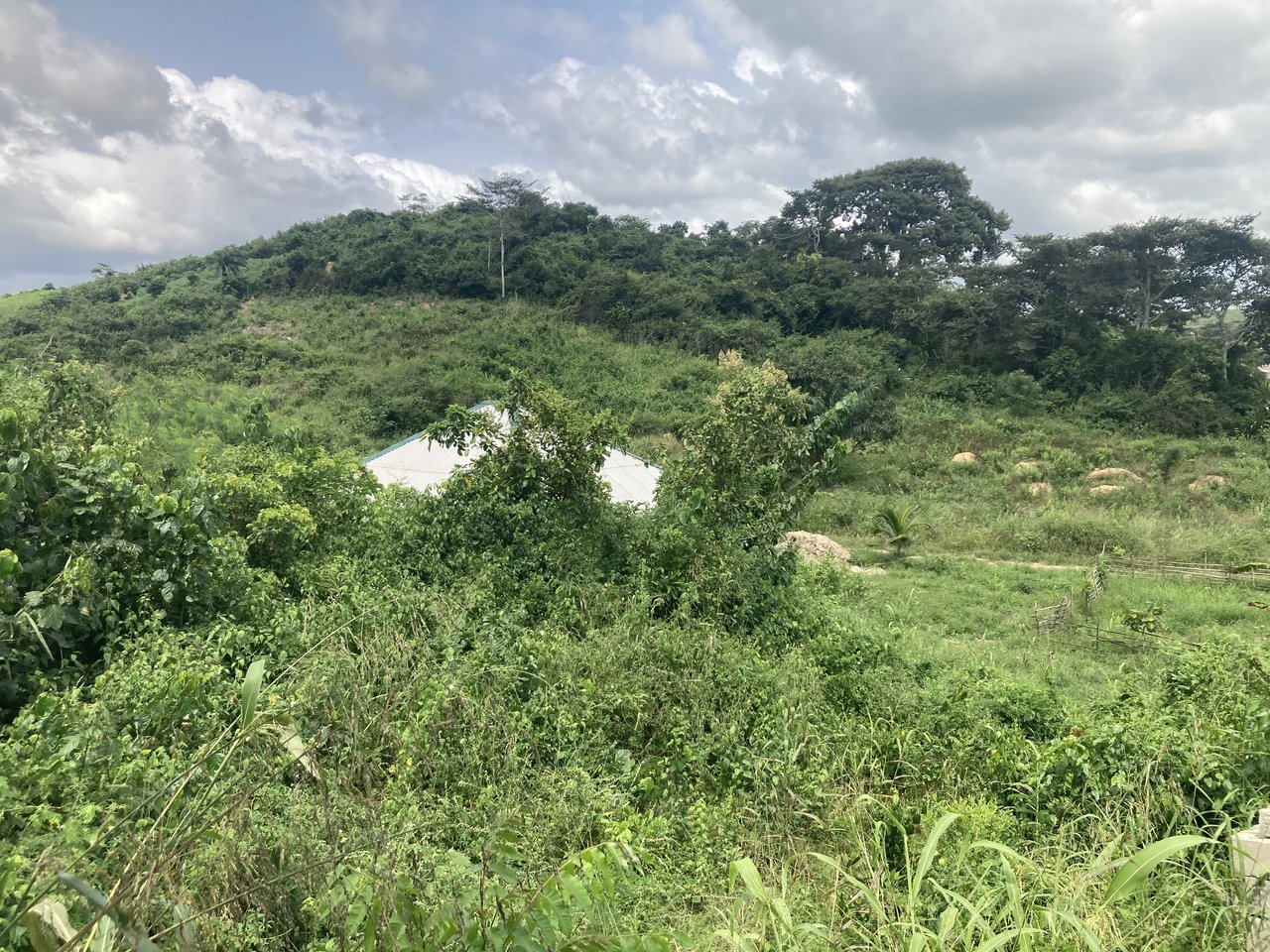
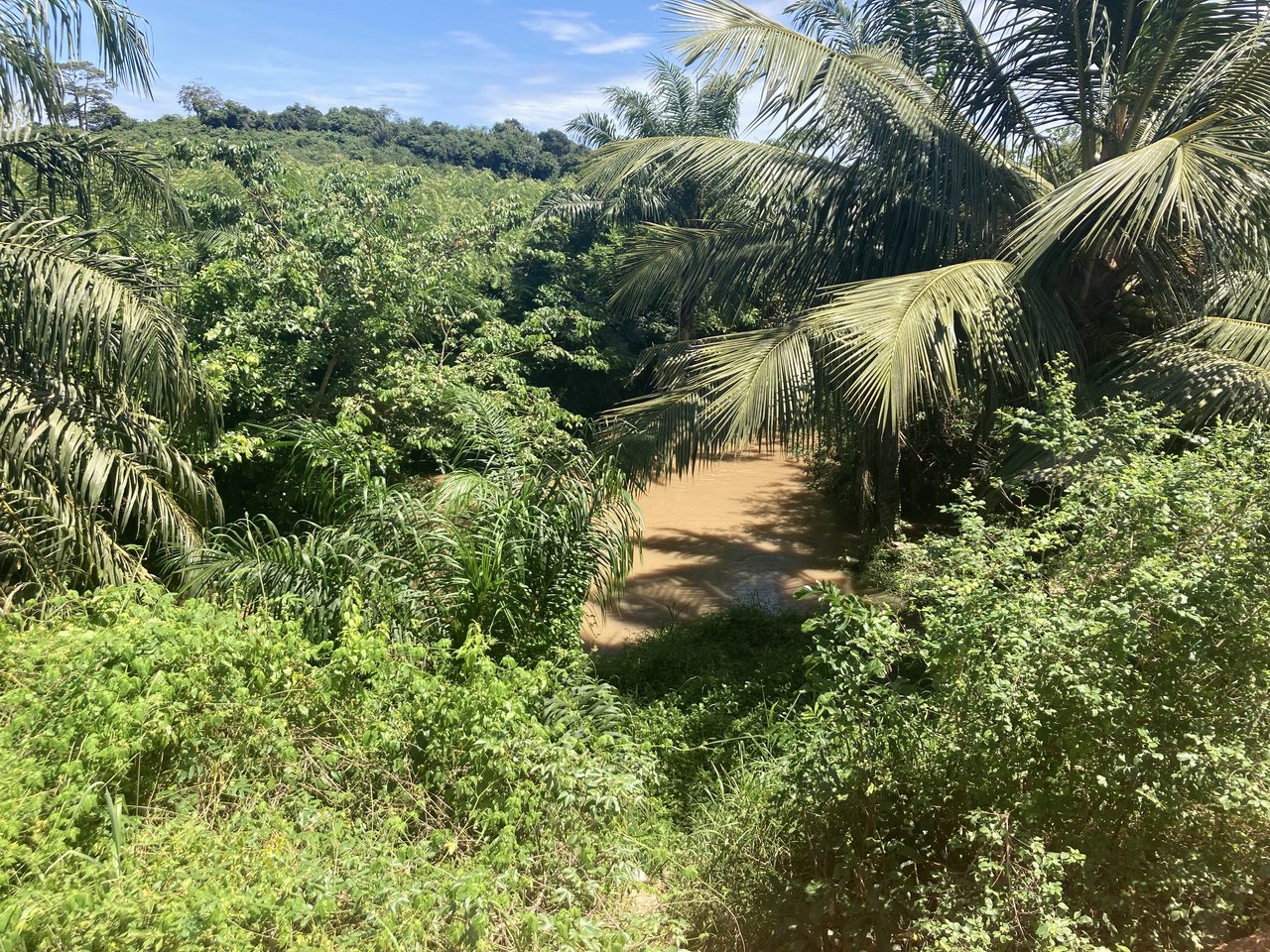
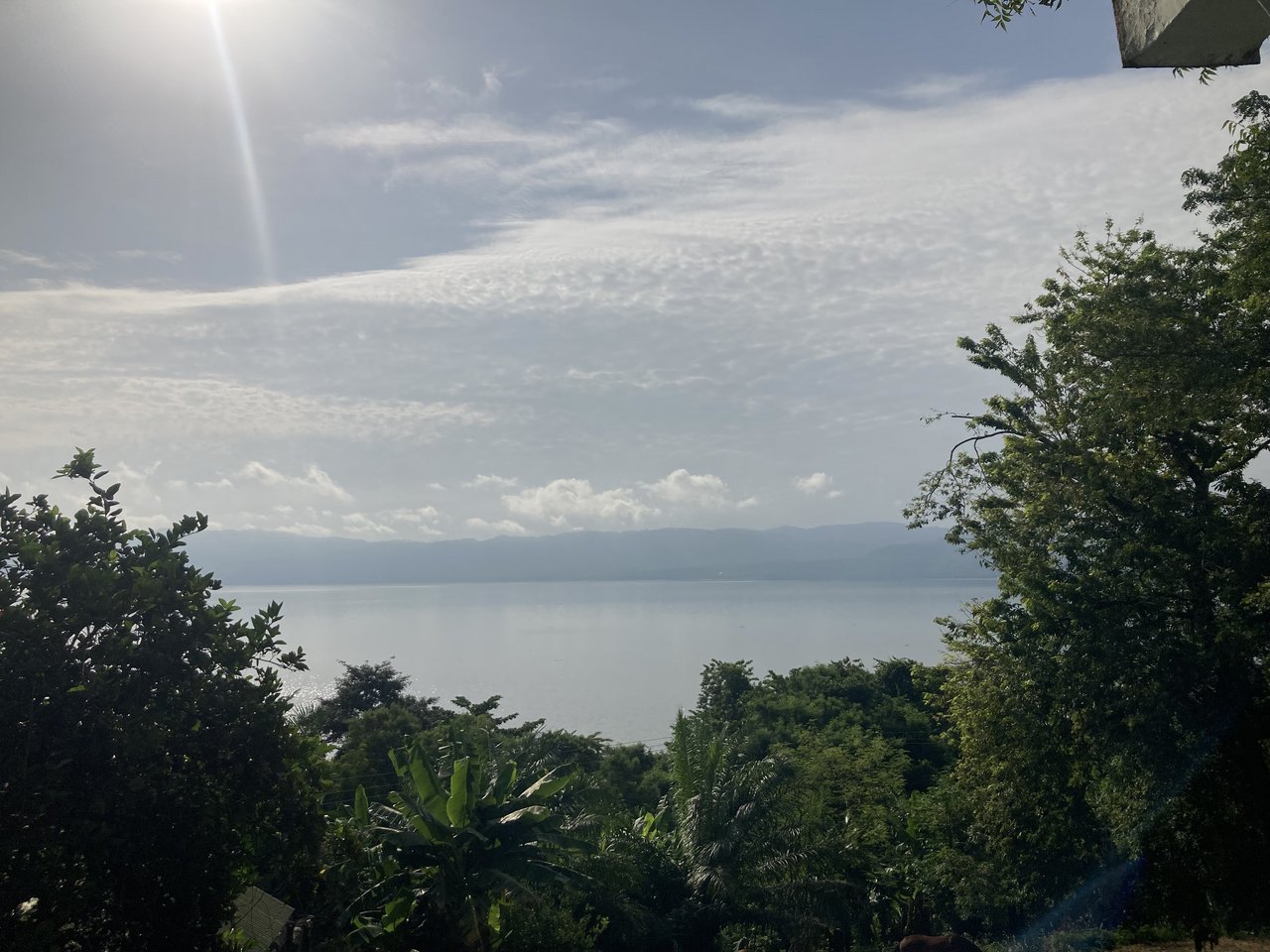
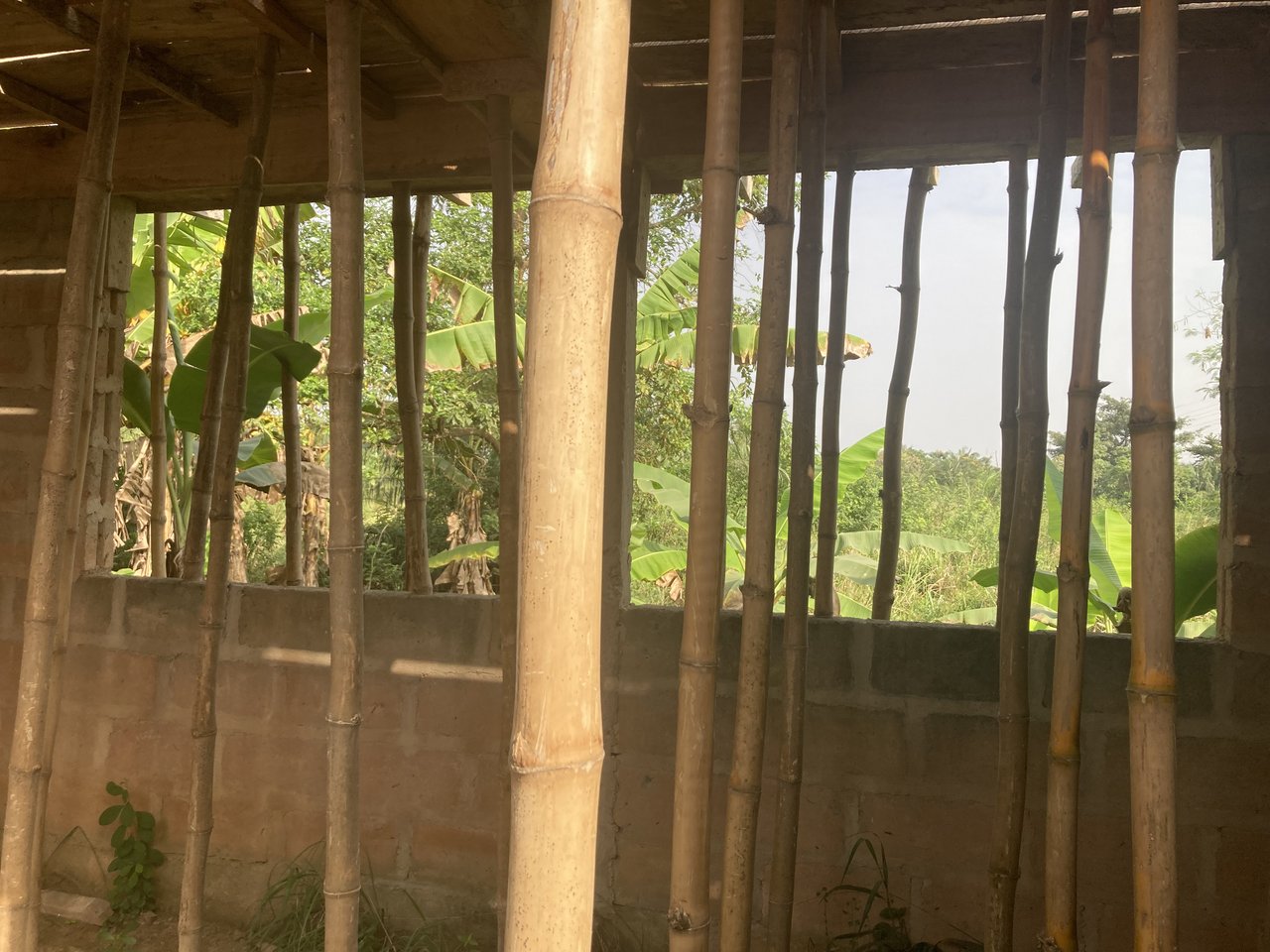
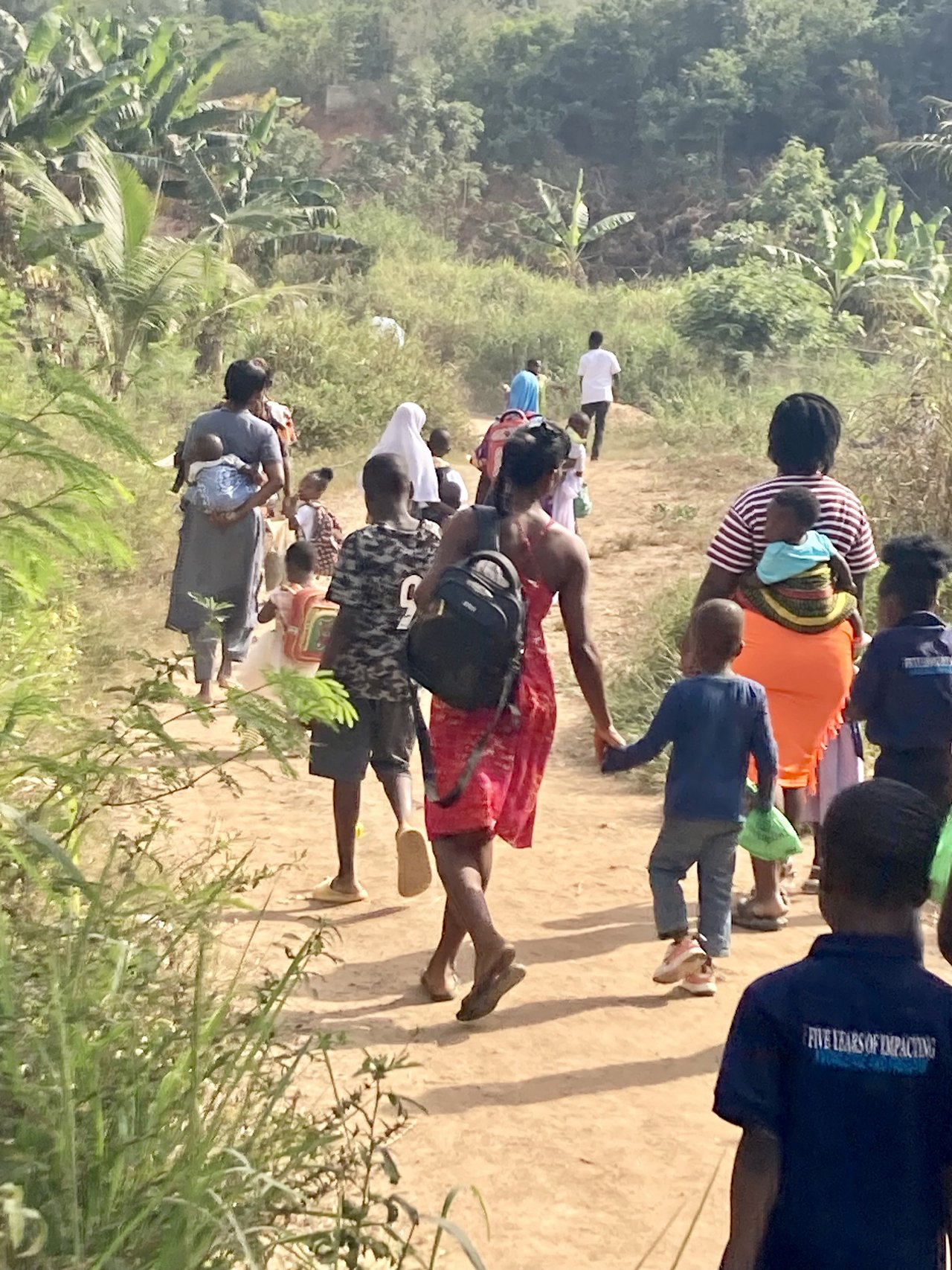
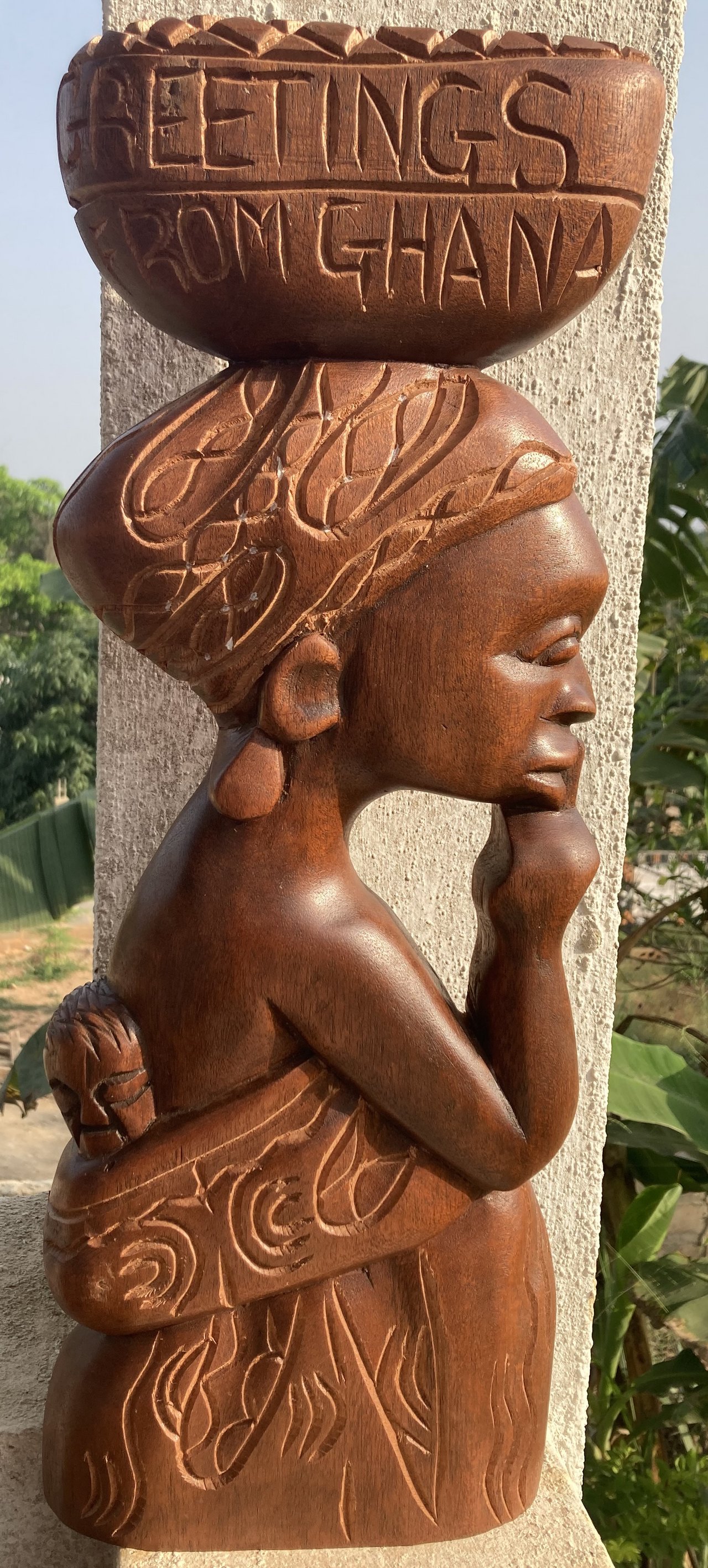

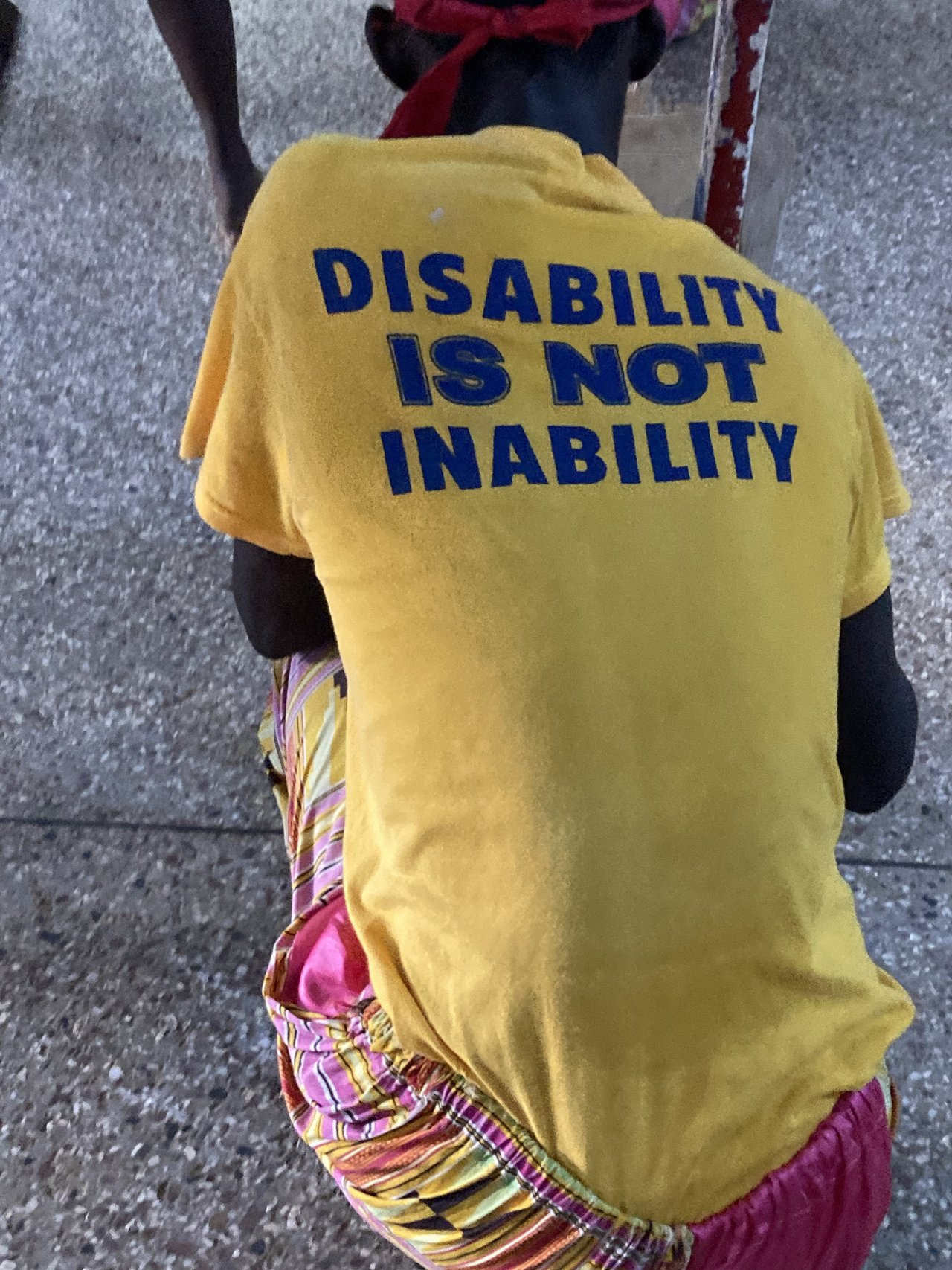
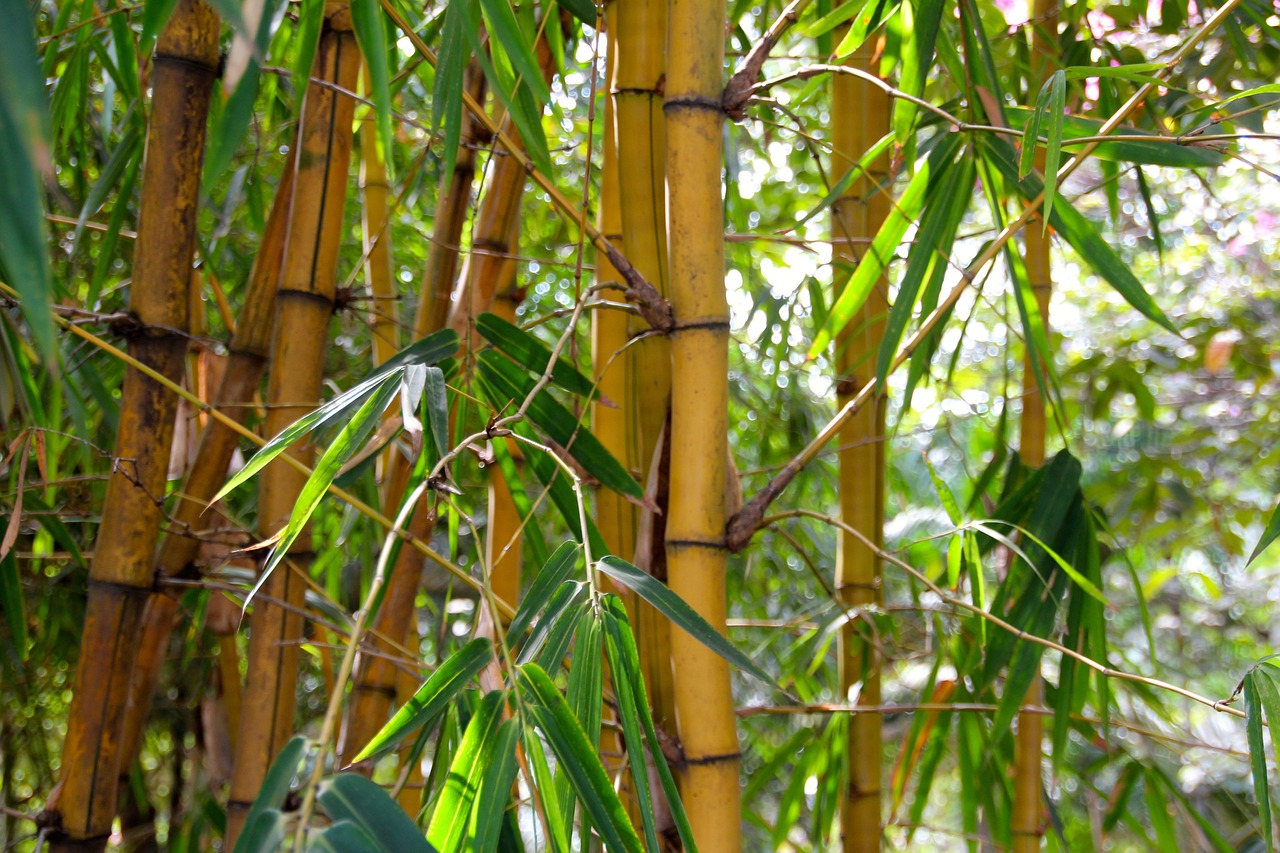

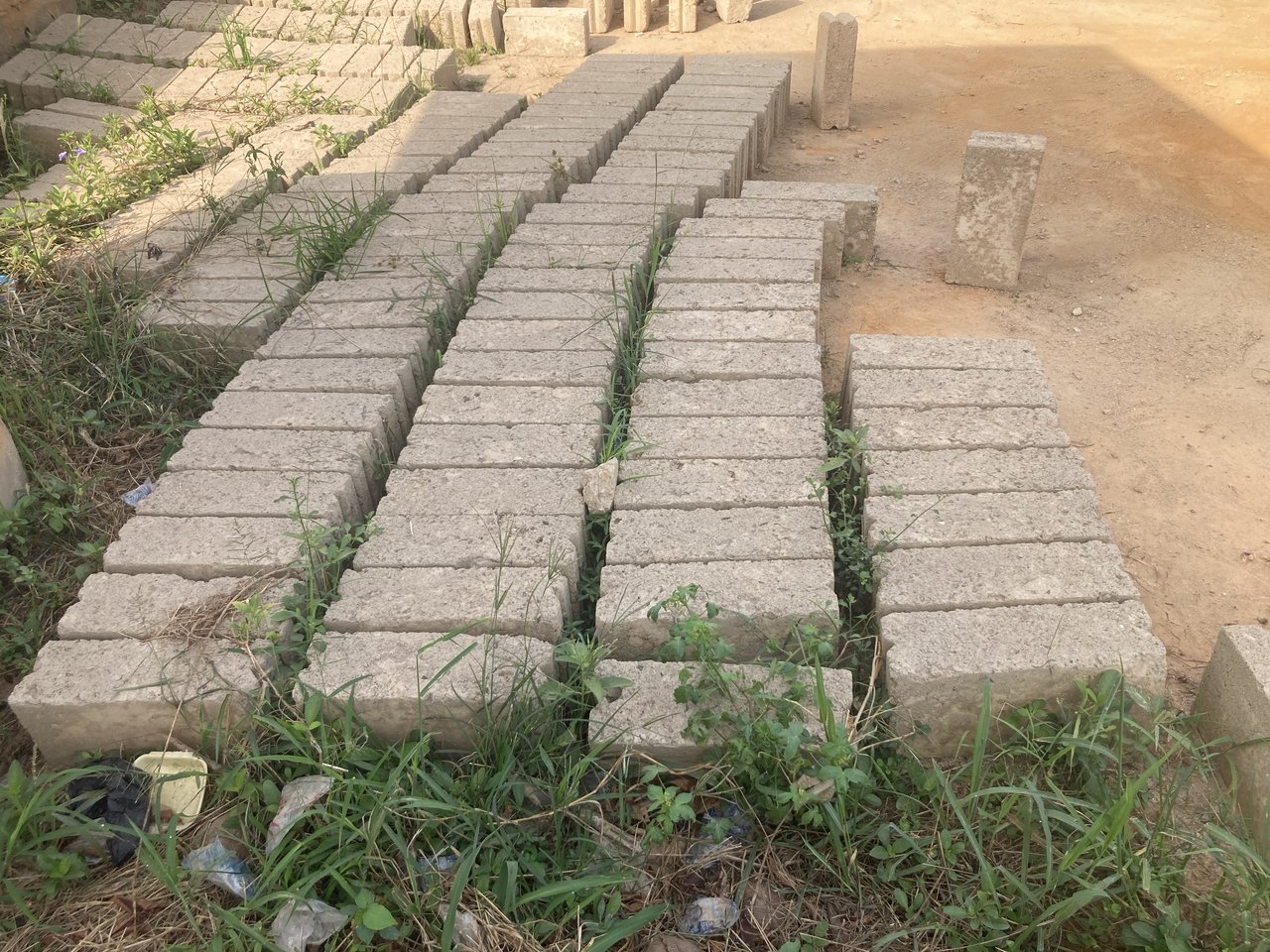
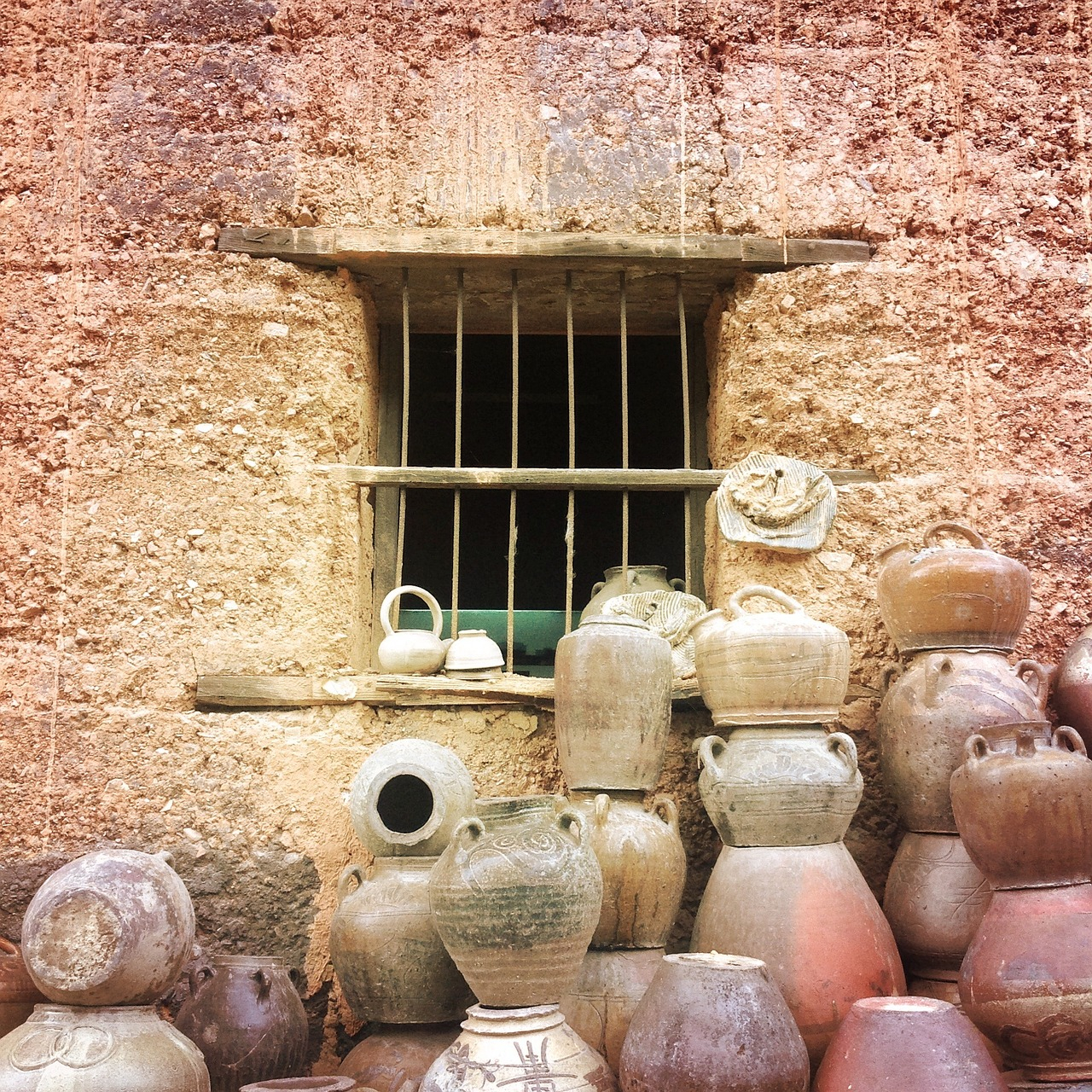


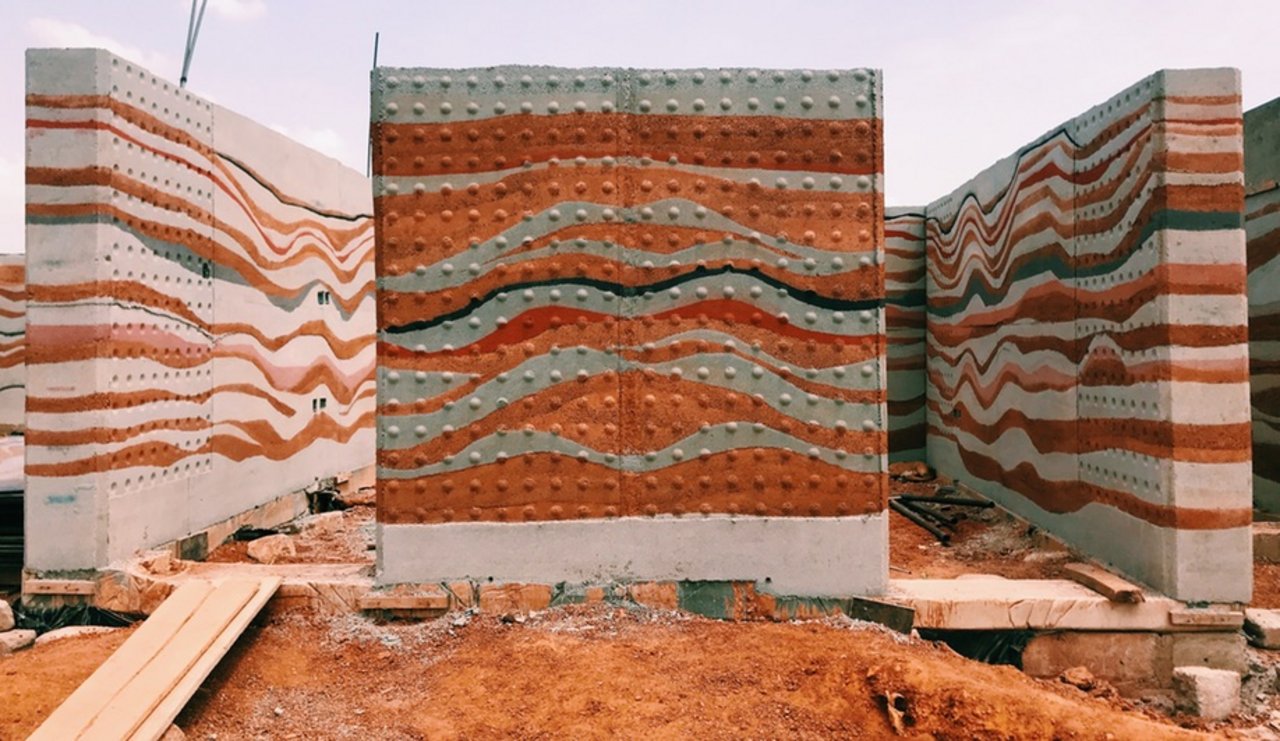
my-ecocamp LEARNING OASES
Our pilot project my-ecocamp Ghana is currently in the planning and realisation phase following a 9-month on-site exploration.
In the construction of our educational campus, we are guided to the criteria catalogue of the AGÖF building passport, the sustainability goals of the United Nations and FONA. We will combine modern solutions with traditional ones. Making the building material clay more durable and bamboo more resistant to insect infestation through special treatments. Buildings and Bed&Breakfast show homes will be equipped with innovative future technology.
DONATIONS
GLS Gemeinschaftsbank eG
IBAN DE 50 4306 0967 4008 8844 00 BIC GENO DE M 1 GLS
Our campus has its own health centre. The buildings are self-sufficiently supplied and are equipped with innovative future technology. Biogas, solar modules, water treatment. Examples of e-mobility.
Event and showrooms as product placement for farmers. Bed&Breakfast show houses as a potential source of income for the rural population.
The biggest CO2 emitter and driver of climate change is concrete. Ground lime (calcium carbonate - CaCO2) and clay (silicate-rich earth). Heated in a rotary kiln up to 1,450° C, whereby lime oxidises to quicklime (calcium oxide CaO). carbon dioxide is produced as a waste product.
Worldwide, 10 billion tonnes of concrete are now produced every year.
The site to be selected for our my-ecocamp educational campus should fulfil certain conditions that have a healing effect on body and mind.
Inspiring for those hungry for education. Stimulate all the senses and at the same time offer the opportunity to regenerate and recharge your batteries. Buildings made of natural materials in a calming environment where the BODY-SOUL-MIND can come to rest.
RESEARCH
Sustainable solutions are being trialled in rural areas and scientifically monitored.
The effects of climate change on our health are obvious. Everyone can actually feel it. But not everyone is able to recognise the connections between their own health and changes in the environment around them. That's why health education is the foundation of our Kingergarten programme.
In 2023, many residents of Ghana's capital Accra complained of shortness of breath after an unprecedented period of drought and dryness. Asthmatic complaints became more frequent, partly caused by an extremely high concentration of pollutants in the dusty air. Seen from the mountains in Aburi as a closed ‘haze’ over Accra.
We are looking for a suitable site with recreational and well-being potential for our educational centre based on various selection criteria:
- Willingness of local institutions to support the vision of a healthy living environment and preserve their own culture
- Promote recreational and leisure value
- Low environmental impact on soil, water and air
- Avoidance of the use of herbicides and pesticides
- Achieve additional sources of income through holistic ecological action
In addition to the my-ecocamp educational campus, the site will also include areas for permaculture, medicinal plant and herb gardens, a health and research centre, event and exhibition spaces for presenting local products, as well as bed and breakfast accommodation. Buildings made of natural materials in a calming environment where the BODY-SOUL-MIND can come to rest.
EDUCATION OASIS
Target group: Kindergarten to senior high school
Diversity - Equity - Inclusion
‘Disability is not inability’
People with disabilities have exceptional talents, strengths, character and the will to succeed. The Cape Coast School for the Deaf and Blind was founded in 1970 with 15 students. It currently has 454 pupils. The hearing and visually impaired children of school age benefit from the formal education it provides, with the latter using Braille for reading and mobility orientation.
Many people with disabilities feel neglected and excluded from opportunities for self-improvement and wealth creation. This leads to frustrations that can plunge them into unwanted life crises. So says Abraham Annang Yemoson, the school's director.
The school is strategically located between the Aggrey Memorial Zion Senior High School and the Ghana National College along the Cape Coast-Takoradi Highway.
my-ecocamp Ghana
Children and young people from the 7 regions and 16 districts of Ghana are given the opportunity to get a taste of the world of ecologically orientated professions.
All invited carers and pupils undergo a health check. This is something that should actually take place on campus before accommodation in shared accommodation, which is common in Ghana in boarding school-style accommodation. To rule out the possibility of infectious diseases being transmitted to fellow students.
It is therefore not uncommon in Ghana and other African countries for the number of pupils to have increased many times over since a campus was established. The number and condition of buildings with dormitories (animals are guaranteed more space and a hygienically clean environment in Europe) - as seen in Accra, Cape Coast and Kumasi. Defective doors and windows without mosquito protection. Lack of fans. Simply often a haven for all kinds of insects, parasites and other disease carriers.
Parallel to Ghana, my-ecocamps are also being built in other West and East African countries such as Senegal, Kenya, Cameroon and Tanzania.
Traditionally, there were many different construction methods in the region of today's Ghana. Depending on the type of vegetation and climate, which varies greatly in Ghana from north to south and east to west, various local building materials were used.
These materials ranged from clay to wood, bamboo, straw, tree parts and palm leaves to natural stones.
BAMBOO - a very special grass
BAMBOO - a very special grass
Bamboo is increasingly coming into focus worldwide as a sustainable raw material and is also becoming more and more important as a strategic element in the global development agenda.
Bamboo is not only one of the fastest growing renewable raw materials on earth; it is also one of the most versatile materials in the world.
Bamboo is a grass and therefore not a true woody plant.
The natural building material combines the compressive strength of concrete with the tensile strength of steel. In contrast to these conventional building materials, however, bamboo has a decisive advantage:
Instead of releasing carbon dioxide during the manufacturing process, the renewable raw material binds the greenhouse gas as it grows.
The plant regenerates quickly after harvesting and shoots up almost a metre in height in just one week. Thanks to its predominantly hollow structure, bamboo is extremely light. As a natural raw material, the bamboo stalks are irregularly shaped and not the same thickness everywhere. In addition, the segments (internodes) vary in length. This poses particular challenges for processing.
Bamboo grows out of a network of roots, the rhizomes. The tips of the rhizomes bend upwards out of the root network and form the new culms. This overlapping of root systems over several hectares provides good protection against erosion. In addition, it acts as a moisture reservoir and can be used as a root clarifier for settlements and farmsteads. Due to its high growth rate, bamboo is suitable for the reforestation of rainforest areas in developing countries. Its ability to bind large quantities of CO2 as it grows also speaks in favour of its ecological benefits.
Each shoot that sprouts from the ground already contains all the nodes (nodes), internodes (chambers) and diaphragms (partitions) that are compressed telescopically. Bamboo culms are usually hollow and have a circular cross-section. The diameter and wall thickness decrease with increasing height.
After the third year of life, the culms become woody and silicified, only then are the culms fully suitable for load-bearing parts. The outermost layer of the culm has a high silica content, which is why it is very resistant to external attacks. The surface of the bamboo cane is very smooth and fine and therefore does not need to be reworked. The colour varies from yellowish to brown, black, dotted, spotted, matt and shiny.
The bamboo plant is a sustainable and rapidly renewable raw material
Bamboo has very good material properties and can be used in many different ways.
Bamboo stores a lot of carbon during its rapid growth. Bamboo is therefore one of the plants that absorbs the most CO2 during its lifetime. It also releases around 35% more oxygen than trees of the same size.
The bamboo plant continuously forms new culms via its root system. Large quantities can be harvested every year without the plant dying and jeopardising the population. This means that future generations will never run out of bamboo.
Bamboo prevents soil erosion.
Bamboo offers a constantly growing variety of possible uses and provides sustainable alternatives to the use of increasingly scarce resources such as wood, metal or oil.
Bamboo is an extremely sustainable and durable building material if it is preserved using environmentally friendly salt infusions.
Bamboo grows in some of the poorest regions of the world. As a strategic element in the global development agenda, the cultivation, processing and utilisation of bamboo can create work and income in particularly structurally weak regions.
The bamboo plant produces a substance (bamboo kun) that protects it from pests and fungal attack. This makes bamboo naturally anti-bacterial, anti-microbial and hypo-allergenic. Bamboo products are therefore also very suitable for allergy sufferers.
When bamboo is harvested, the plant continues to sprout underground root systems (known as rhizomes) so that the entire population is not jeopardised by its harvest. Bamboo is very sustainable to grow as it requires neither fertilisers nor pesticides and draws its water from nature. Many bamboo varieties are even resistant to drought. The bamboo plant is very resilient, can grow on supposedly infertile and steep slopes and is even planted in erosion-prone areas due to its branched root systems for soil stability.
It provides countless opportunities to create employment and income for people whose lives have previously been characterised by poverty and disadvantage.
CLAY
Clay is not only beneficial to health as a building material and has the ability to absorb pollutants from water and the air.
WATER CONTAINERS
Traditionally used water storage vessels filter bacteria, viruses and parasites from collected water. Due to the membrane-like filter function, waste water can be used as drinking water. Clay also has cooling properties.
CLAY PLASTER
Clay plasters regulate indoor humidity, insulate sound, store heat and absorb odours.
Use in hospital rooms
Clay plasters in patient rooms make an important contribution to a healthy indoor climate. They balance out "moisture peaks" that can occur in the rooms for a short time when showering.
No general statement can be made about the cost difference between clay and concrete ceilings, as many factors influence the construction costs. In the case of the Swiss Triemli Hospital, the clay ceiling - with inserted, thin, water-bearing pipes - is more cost-effective than technical solutions with comparable functionalities.
Clay that is no longer required can be returned to the soil as it contains no harmful substances and is water-soluble.
WOOD
African wood species
From pink-grey to copper-coloured to dark brown - African wood species not only have a wide range of different colours to offer.
The areas of application are also wide-ranging. Some of the African wood species, such as Moabi and Denya wood, are often used for interior and exterior construction. Tali wood is used for bridge construction, wharfs or truss construction, as it can withstand very heavy loads. African woods, such as Iroko wood, are also suitable for stairs, furniture, parquet flooring and boat building.
The special thing about wood species from Africa is their resistance to pest and fungal infestation. Often no chemical wood protection against fungi and insects is required.
Versatile, resistant and universally applicable - Read more about the individual African wood species here.
Co-creators wanted
The association ‘Von Kulturen Lernen e.V.’ is looking for young people and students from all areas of education to participate in the real and visual design of the pilot project in Ghana. A project that will be realised by young people from Africa, Europe and Asia.
The focus for students is on the innovative design of a globally unique educational project: the construction of a barrier-free, holistically healthy and ecological campus with optimised natural materials such as bamboo, wood, clay, palm leaves, straw and reeds.
The interior is designed with flexible furniture, walls, movable wall elements, stackable chairs and tables, beanbags. A colour and lighting concept ensures a pleasant experience.
With the support of a BAUBIODATENBANK, life cycle assessments can be carried out in advance before various materials are used. This also applies to the interior design.
In show and learning rooms, young people from schools in regions of Ghana are given the opportunity to gain an insight into various professional fields and try out practical skills. Discovering their own talents and arousing curiosity for more.
The pilot project will be realised in Ghana on a site yet to be selected.
Internet presence
One focus will be the presentation of the holistic ecological education project.
The existing website is based on the multilingual TYPO3 editorial system. Among other things, this allows password-protected access areas to be generated.
IT security
Social media conformity
by introducing buttons to selected social media companies that are characterised by class and data security.
Threema will be our main platform.
We will deliberately leave out data collection companies such as META from Zuckerberg. The latest 26. of May
For all interested co-creators
My WhatsApp account will be deleted by 26 May at the latest.
Interested co-creators should have set up an account with Threema by then. Exchange messages, calls and files. GDPR-compliant and developed in Switzerland. Everyone's data security and unrestricted personal rights to their own data, photos and videos should be worth a one-off fee of CHF 6.
Depending on the further data collection rage on Facebook, Spotify, TikTok, Vimeo, YouTube ... we will consequently say goodbye to them as well.
PHASE I
Prompt brainstorming, exchange of ideas
PHASE II
Concept optimisation
PHASE III
ZOOM conferences to get to know all participants
PHASE IV
On-site meeting of all participants in Bielefeld from 29 - 31 August
PHASE V
Familiarisation of Ghanaian partners by project participants
Participating companies receive their own access and can add their company presentation
my-ecocamp as a Responsible ownership
In our deliberately chosen corporate form of RESPONSIBLE OWNERSHIP, various possibilities of participation and involvement as Culturas are made possible.
Equivalence of contributed commitment, knowledge, time ... serve as an opportunity to acquire profit participation rights, to become shareholders. Even as owners with voting and participation rights. Profits and assets remain in the company.
Partner companies involved in the project take CSR seriously and do not engage in any form of greenwashing.
Our pilot project my-ecocamp Ghana is currently in the planning and implementation phase following a 9-month on-site exploration. We are currently looking for a suitable site for our educational centre with potential for recreation and well-being based on various selection criteria.
Parallel to Ghana, my-ecocamps are also being built in other West and East African countries such as Senegal, Kenya, Cameroon and Tanzania.